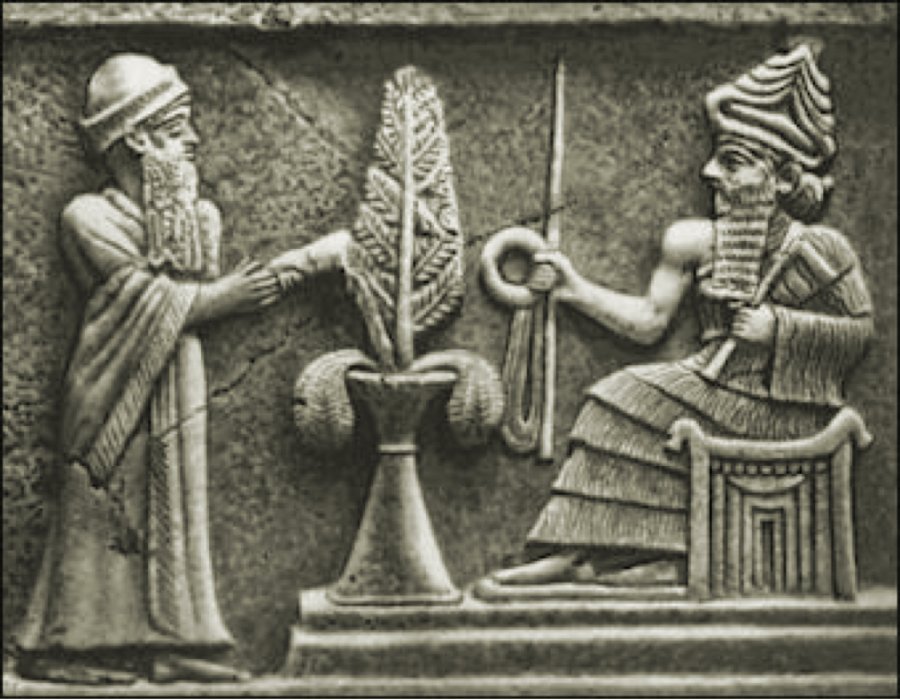Ur-Nammu – Popular And Accomplished Ruler Of Sumer
A.Sutherland - AncientPages.com – Ur-Nammu was a Sumerian king who reigned about 2112-2095 BC and was a founder of the Third Dynasty of Ur.
Initially, he held the position of Sagina - general manager or military - in the city of Ur on behalf of the king of Uruk, and its military activities contributed to an advantage over the Gutians, who had conquered Akkad, controlled of Sumer and the rest of Mesopotamia.
He revitalized the economy of Sumer and encouraged the pursuit of culture and art. This period is known as the Sumerian Renaissance and Ur-Nammu’s efforts were not in vain. Stela or Ur-Nammu. Credit: Public Domain
After the death of King Utu-hengal, Ur-Nammu seized power in Sumer and as an independent ruler of united several Sumerian cities, and then won a momentous victory over the forces of the enemy, driving him out of the country.
He called himself the brother of Gilgamesh and is widely remembered for his legal code, the Code of Ur-Nammu, the oldest known surviving example in the world. His laws known as the laws of Ur-Namma (or Code of Ur-Nammu ca. 2112-2095 BC) represent the first full set of written code found, and it is the oldest surviving tablet containing a law code that was written circa 2100 BC.
Ur-Nammu proved to be a good politician. He understands the current situation of his country, which was not the same as two hundred years ago when it lost its independence, conquered by the Assyrian king Sargon the Great.
Bust of King Ur-Nammu. Credit: Metropolitan Museum of Art - Right: The object on his head (image to the left) represents a basket of Earth. Image source
Ur-Nammu was also a good host, reformer of taxes and military forces, and builder of temples, roads, and canals; mud-brick stamped with the name of king Ur-Nammu was found in Nippur, Uruk, Eridu, Kish, Larsa, and the Ummah.
In fact "the Imperial city of Ur revived Sumer when King Ur-Nammu in 2112 BCE founded the Third Dynasty of Ur. He ruled almost the whole of Sumer and Akkad. The Sumerian Renaissance that occurred during the Third Dynasty of the city of Ur after the collapse of the Akkadian Empire between 2047-1750 BCE brought a cultural revival to Sumer. King Ur-Nammu made cultural advancements a goal of his administration and maintained peace so that the arts and technology could flourish..." we read in Henry Freeman's "Sumerians".
Many constructions (stepped temples – ziggurats, including the Great Ziggurat of Ur) originate from this Sumerian period. The construction of temples initiated by Ur-Nammu was not only a religious but also a political act.
By building and restoring temples of the gods, Ur-Nammu made Sumer strong because he appealed to the feelings of his people and united them with gods, making him a ruler - important and respected.
He revitalized the economy of Sumer and encouraged the pursuit of culture and art. This period is known as the Sumerian Renaissance, and Ur-Nammu’s efforts were not in vain.
His reputation among his subjects is clearly seen in stele and inscriptions. Then ruler was considered to have restored the ancient state of affairs by re-establishing Sumerian rule and reinforcing it. It was necessary because there was the growing power of the Amorite nomads in the Syrian steppe, and it was dangerous.
Ur-Nammu was killed during the battle against the Gutians, who returned and endangered the cities of Sumer in 2030 BC. Ur-Nammu led his army to meet them. According to the Sumerian poem ‘The Death of Ur-Nammu and His Descent to the Underworld’, his army scattered, fleeing the battlefield. and “his body lay tossed aside like a broken urn.”
And yet, his great dynasty survived and lasted for over 100 years. He was succeeded by his son Shulgi, after an eighteen-year reign, and Shulgi of the Third Dynasty of Ur (circa 2094-2047 BC) was also a great personality. He carried out a punitive campaign against the Gutians and he supported a policy of territorial or economic expansion. He was at war on a regular basis, clashing with Hurrian invaders, and finally, he was forced to oversee the construction of a wall to keep the Amorites out.
Written by – A. Sutherland - AncientPages.com Senior Staff Writer
Updated on July 28, 2021
Copyright © AncientPages.com All rights reserved. This material may not be published, broadcast, rewritten or redistributed in whole or part without the express written permission of AncientPages.com
Expand for referencesReferences:
H. Crawford, Sumer and the Sumerians
Kriwaczek, P. Babylon: Mesopotamia and the Birth of Civilization
More From Ancient Pages
-
 Unlocking The Secrets Of Lost Prehistoric Land Hidden Beneath The Sea
News | Sep 8, 2015
Unlocking The Secrets Of Lost Prehistoric Land Hidden Beneath The Sea
News | Sep 8, 2015 -
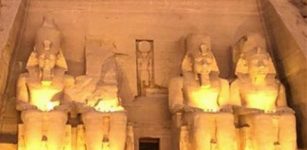 Magnificent Solar Alignment Phenomenon In Abu Simbel – The Sun Illuminates The Face Of Pharaoh Ramses II
Featured Stories | Nov 11, 2020
Magnificent Solar Alignment Phenomenon In Abu Simbel – The Sun Illuminates The Face Of Pharaoh Ramses II
Featured Stories | Nov 11, 2020 -
 On This Day In History: ‘The Wars Of The Roses’ – Fighting For The Throne Of England At Tewkesbury – On May 4, 1471
News | May 4, 2016
On This Day In History: ‘The Wars Of The Roses’ – Fighting For The Throne Of England At Tewkesbury – On May 4, 1471
News | May 4, 2016 -
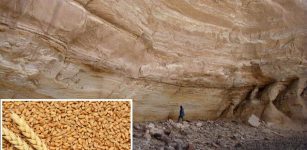 10,000-Year-Old Seeds Offer First Evidence Of Farming In A Green Sahara
Archaeology | Mar 19, 2018
10,000-Year-Old Seeds Offer First Evidence Of Farming In A Green Sahara
Archaeology | Mar 19, 2018 -
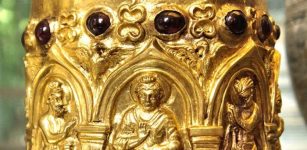 The Bimaran Casket – Rare Golden Artifact Found In Ancient Stupa
Artifacts | Dec 17, 2018
The Bimaran Casket – Rare Golden Artifact Found In Ancient Stupa
Artifacts | Dec 17, 2018 -
 Treasures From Ancient City Of Hippos-Sussita Displayed In Exhibition For The First Time
Archaeology | Jan 3, 2018
Treasures From Ancient City Of Hippos-Sussita Displayed In Exhibition For The First Time
Archaeology | Jan 3, 2018 -
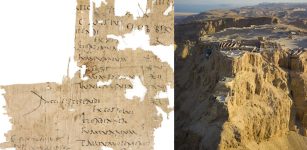 Rare Ancient Paycheck Of A Roman Legionary Soldier Found At Masada
Archaeology | Feb 16, 2023
Rare Ancient Paycheck Of A Roman Legionary Soldier Found At Masada
Archaeology | Feb 16, 2023 -
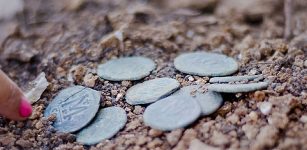 Nine 1,400-Year-Old Coins Belonging To Christian Pilgrims Found On The Highway To Jerusalem
Archaeology | Mar 24, 2017
Nine 1,400-Year-Old Coins Belonging To Christian Pilgrims Found On The Highway To Jerusalem
Archaeology | Mar 24, 2017 -
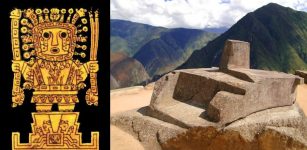 Mysterious And Sacred Intihuatana Stone Of The Inca Was More Than Just An Astronomy Calendar
Archaeoastronomy | May 8, 2018
Mysterious And Sacred Intihuatana Stone Of The Inca Was More Than Just An Astronomy Calendar
Archaeoastronomy | May 8, 2018 -
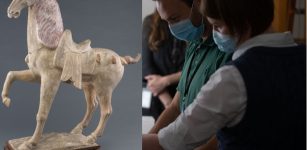 1,300-Year-Old Art Mystery Solved By Scientist
Archaeology | Sep 7, 2022
1,300-Year-Old Art Mystery Solved By Scientist
Archaeology | Sep 7, 2022 -
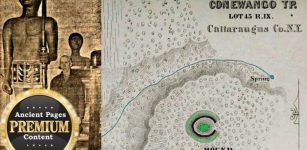 Mystery Of Ancient New York Giants – Who Was Really Buried In The Druid Barrow?
Ancient Mysteries | Oct 28, 2017
Mystery Of Ancient New York Giants – Who Was Really Buried In The Druid Barrow?
Ancient Mysteries | Oct 28, 2017 -
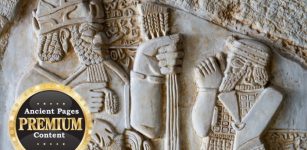 Odd Ancient Dwellings Of The Snake People – Clues From Biblical Lands – Part 2
Ancient Mysteries | Sep 10, 2020
Odd Ancient Dwellings Of The Snake People – Clues From Biblical Lands – Part 2
Ancient Mysteries | Sep 10, 2020 -
 Unusual Underwater Archaeological Discovery In California May Confirm Thousand-Year-Old Legend And Re-Write Ancient History
Featured Stories | Aug 15, 2024
Unusual Underwater Archaeological Discovery In California May Confirm Thousand-Year-Old Legend And Re-Write Ancient History
Featured Stories | Aug 15, 2024 -
 Ancient Basilica Cistern: Intriguing Hidden Subterranean World With Medusa Heads
Featured Stories | Dec 11, 2018
Ancient Basilica Cistern: Intriguing Hidden Subterranean World With Medusa Heads
Featured Stories | Dec 11, 2018 -
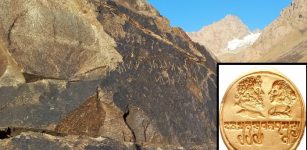 Enigmatic Ancient ‘Unknown Kushan Script’ Deciphered By Scientists
Archaeology | Jul 13, 2023
Enigmatic Ancient ‘Unknown Kushan Script’ Deciphered By Scientists
Archaeology | Jul 13, 2023 -
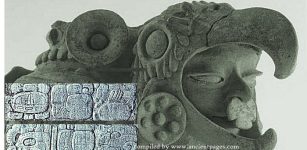 On This Day In History: Powerful Warlord And Emissary Of Spear-Thrower-Owl Arrived At Tikal – On Jan 8, 378 AD
News | Jan 8, 2017
On This Day In History: Powerful Warlord And Emissary Of Spear-Thrower-Owl Arrived At Tikal – On Jan 8, 378 AD
News | Jan 8, 2017 -
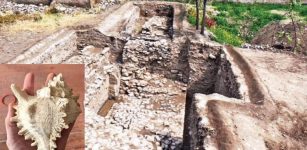 Second Gate Of Bazira And Unique Artifacts Discovered In The Ancient City Of Alexander The Great
Archaeology | Mar 29, 2022
Second Gate Of Bazira And Unique Artifacts Discovered In The Ancient City Of Alexander The Great
Archaeology | Mar 29, 2022 -
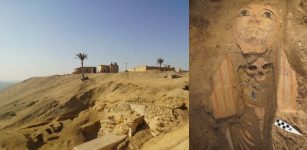 Ancient Egyptian Tombs With Stunning Trove Of Artifacts And Human Remains Unearthed In Saqqara
Archaeology | Jan 17, 2024
Ancient Egyptian Tombs With Stunning Trove Of Artifacts And Human Remains Unearthed In Saqqara
Archaeology | Jan 17, 2024 -
 On This Day In History: Astronomer John Couch Adams And The Discovery Of Planet Neptune – On July 3, 1841
News | Jul 3, 2016
On This Day In History: Astronomer John Couch Adams And The Discovery Of Planet Neptune – On July 3, 1841
News | Jul 3, 2016 -
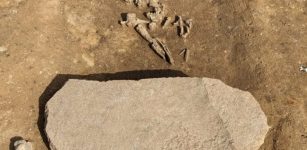 Neolithic ‘Zombie’ Grave Found Near Oppin In Saxony-Anhalt, Germany
Archaeology | Apr 26, 2024
Neolithic ‘Zombie’ Grave Found Near Oppin In Saxony-Anhalt, Germany
Archaeology | Apr 26, 2024

